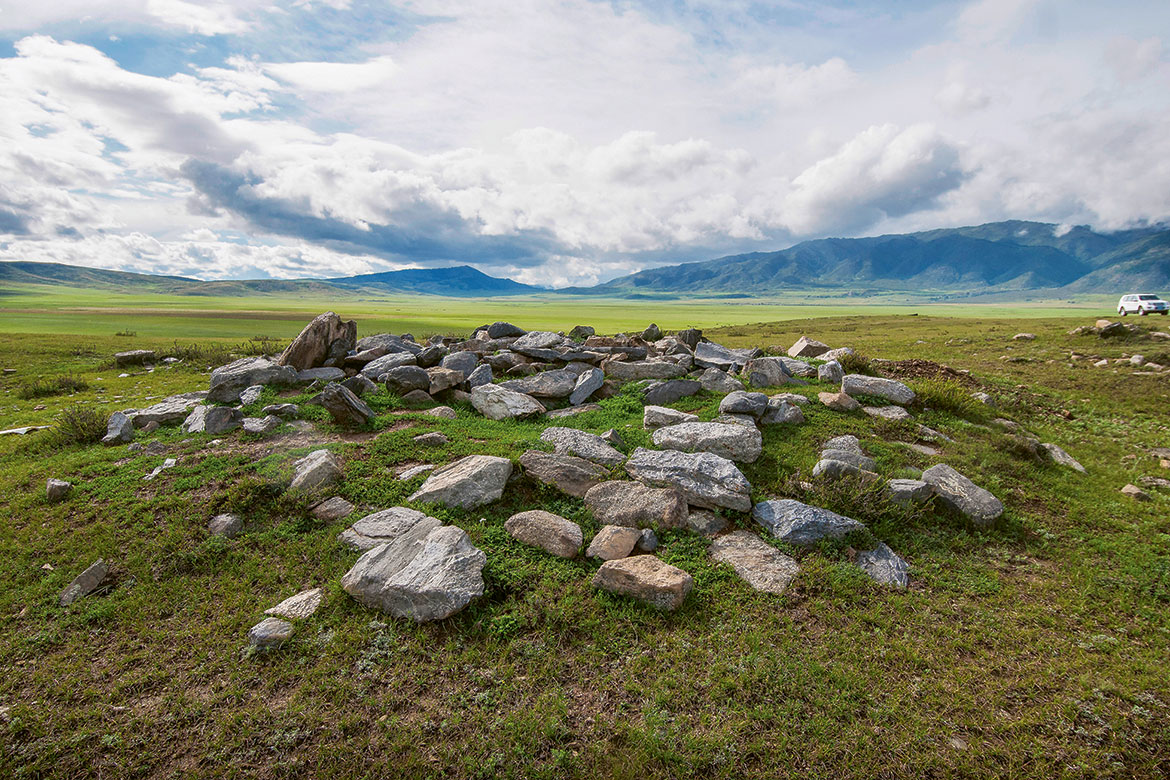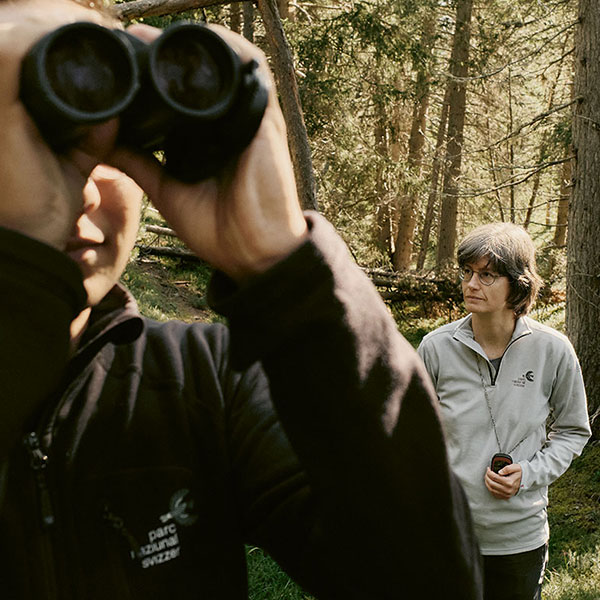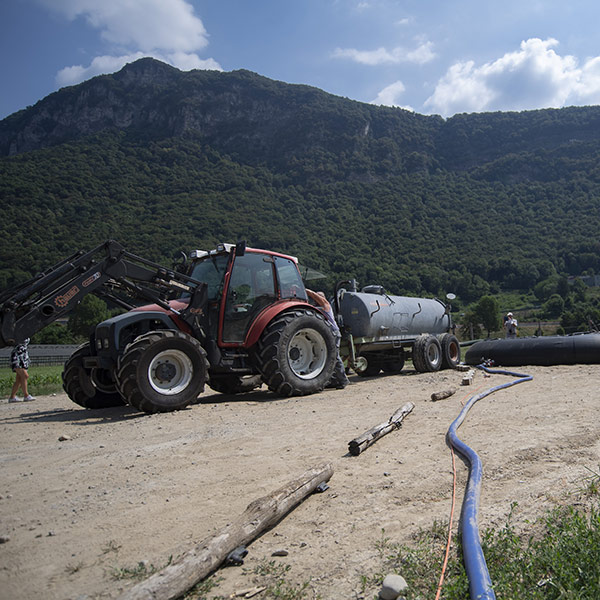The Altai Mountains – hunting for ancient cultures with satellites and spades
The region to the south of the Chinese Altai Mountains has up to now been rarely explored by scholars. And yet it once played a key role in the transfer of ideas and technology between Europe and Asia. As a border zone adjacent to Mongolia and Russia, the presence of the military meant it was difficult to get access to the region for a long time. Today, however, new technologies such as remote-sensing satellites are making it possible to conduct searches for ancient sites on a large scale. Together with colleagues from China, Gino Caspari of the Institute of Archaeological Sciences at the University of Bern has thus far discovered almost a thousand burial mounds, stone circles and building remnants, primarily from the Bronze and Iron Ages. This period, from 4,500 to 2,500 years ago, is crucial to a better understanding of the role that equestrian peoples played in cultural transfer along the Silk Road. Caspari initially studied radar data and high-resolution satellite pictures, filtering out archaeologically interesting zones by means of algorithms. He and his research colleagues were able to explore from a distance almost 7,000 square kilometres in the region of Dzungaria, with a resolution of up to half a metre. Then they compared their data with the land on the spot, added ancient sites that were not visible on their satellite images, and measured them with GPS. “Remote sensing offers a supra-regional perspective, while small-scale local excavations give us valuable detail”, says Caspari. He has already visited the Altai Mountains five times, which hasn’t been easy, given the political circumstances. He has also found initial proofs of cultural transfer: “At the start of the Early Iron Age, intensive exchange took place both between East and West, and also with the northern regions of the Altai Mountains”. G. Caspari et al.: Landscape archaeology in the Chinese Altai Mountains. Journal of Archaeological Research in Asia (2017) CC BY-NC-ND

This grave in the steppes near the Altai Mountains can be located by satellite. | Image: Gino Caspari
The region to the south of the Chinese Altai Mountains has up to now been rarely explored by scholars. And yet it once played a key role in the transfer of ideas and technology between Europe and Asia. As a border zone adjacent to Mongolia and Russia, the presence of the military meant it was difficult to get access to the region for a long time. Today, however, new technologies such as remote-sensing satellites are making it possible to conduct searches for ancient sites on a large scale.
Together with colleagues from China, Gino Caspari of the Institute of Archaeological Sciences at the University of Bern has thus far discovered almost a thousand burial mounds, stone circles and building remnants, primarily from the Bronze and Iron Ages. This period, from 4,500 to 2,500 years ago, is crucial to a better understanding of the role that equestrian peoples played in cultural transfer along the Silk Road.
Caspari initially studied radar data and high-resolution satellite pictures, filtering out archaeologically interesting zones by means of algorithms. He and his research colleagues were able to explore from a distance almost 7,000 square kilometres in the region of Dzungaria, with a resolution of up to half a metre. Then they compared their data with the land on the spot, added ancient sites that were not visible on their satellite images, and measured them with GPS. “Remote sensing offers a supra-regional perspective, while small-scale local excavations give us valuable detail”, says Caspari. He has already visited the Altai Mountains five times, which hasn’t been easy, given the political circumstances. He has also found initial proofs of cultural transfer: “At the start of the Early Iron Age, intensive exchange took place both between East and West, and also with the northern regions of the Altai Mountains”.
G. Caspari et al.: Landscape archaeology in the Chinese Altai Mountains. Journal of Archaeological Research in Asia (2017)




